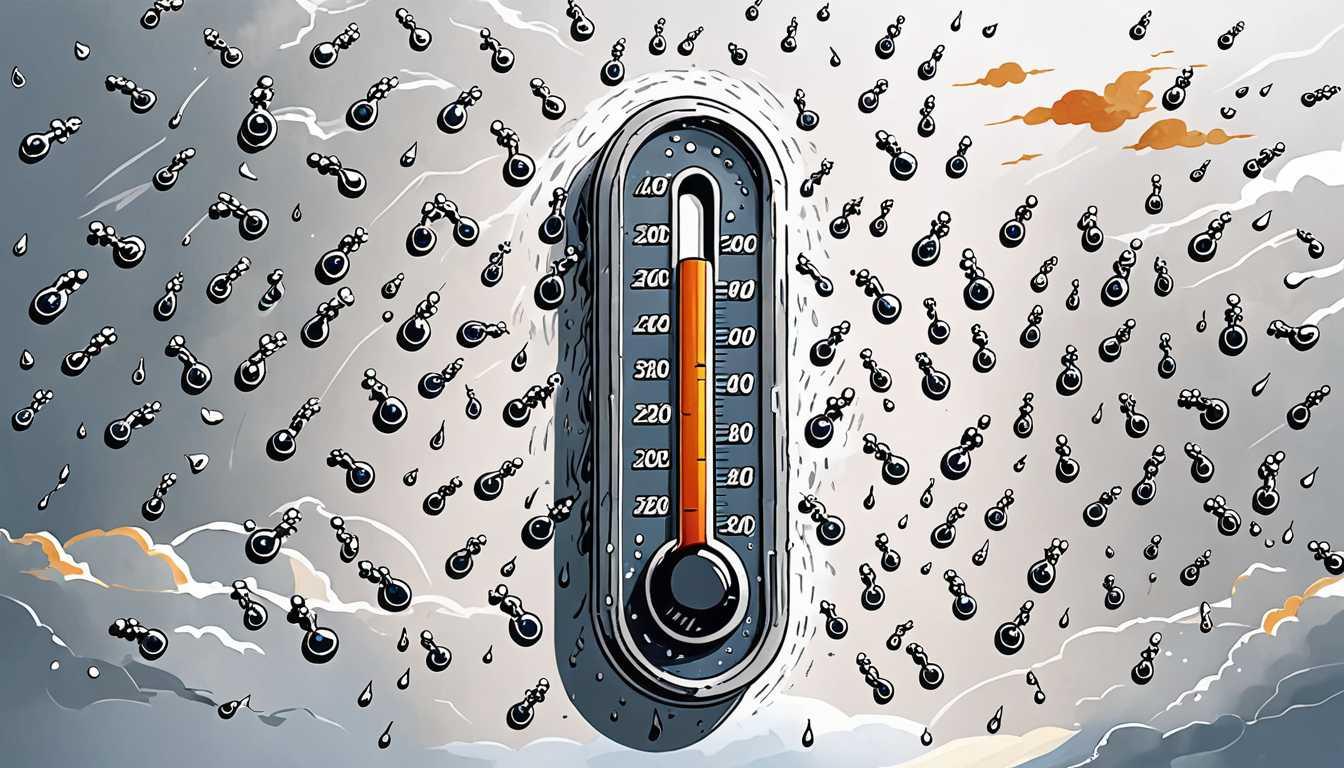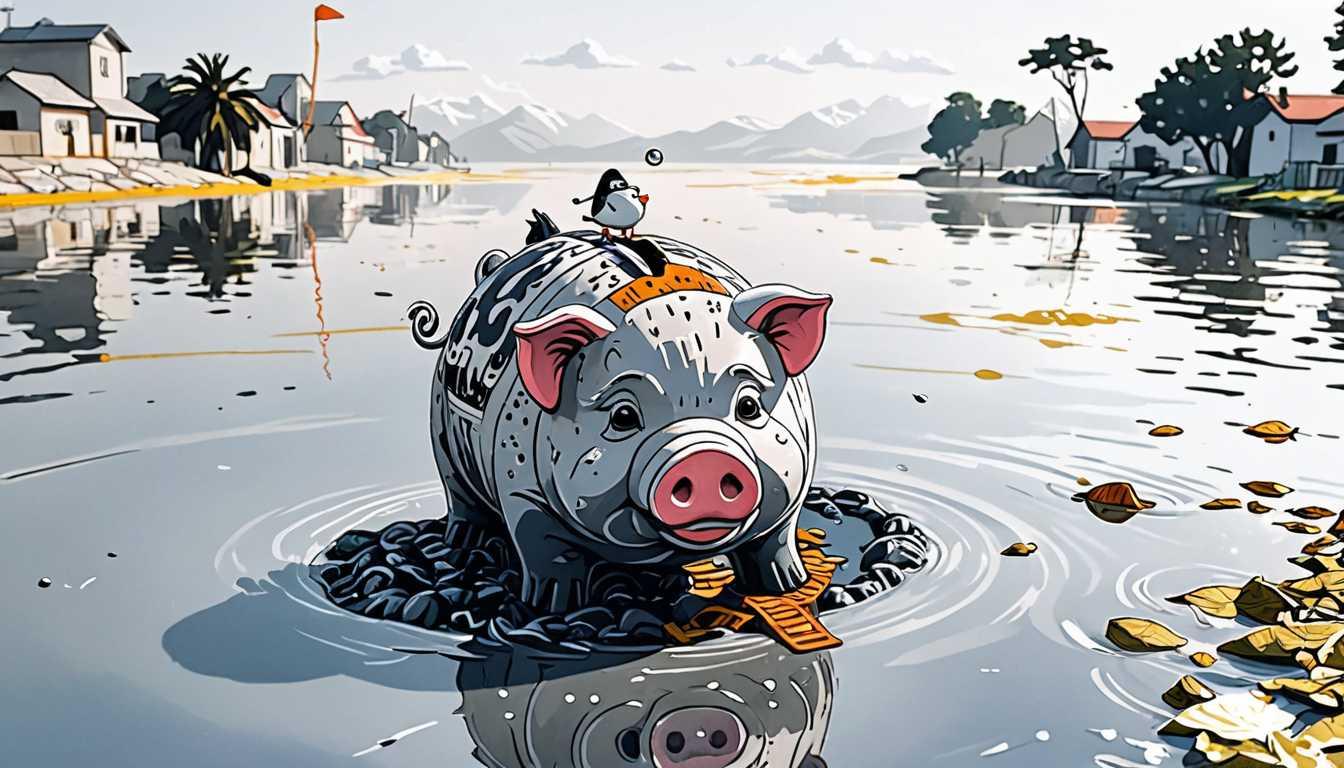Eating Our Future: The $12 Trillion Tab
November 2023
University of Oxford
Introduction
Dive into the world of agrifood systems with Oxford's Dr. Steven Lord, who unveils the jaw-dropping hidden costs - a whopping $12 trillion globally in 2020! From obesity-driven diseases to environmental damage, these costs are eating away at our future. This eye-opening research, spotlighted in a UN report, shows how today's food choices have tomorrow's price tags. Ready to explore how we're munching on our planet's future? Let's crunch some numbers and find a path to a sustainable society!
READ FULL ARTICLEWhy It Matters
Discover how this topic shapes your world and future
Unveiling the Hidden Price of Your Plate
Imagine every bite of food you take comes with a hidden price tag, one that isn't just about your weekly grocery bill but extends to the health of our planet and society. That's what researchers, like Dr. Steven Lord from Oxford, are uncovering — the agrifood systems, which include everything from farming to what ends up on your plate, have hidden costs amounting to trillions of dollars. These aren't just abstract numbers; they translate to real-world impacts like poor health due to unhealthy eating habits, environmental degradation, and even economic instability, especially in low-income countries. This topic isn't just about food; it's about how our choices and policies can shape a sustainable future, making it incredibly relevant and urgent for everyone, including you.
Speak like a Scholar
Agrifood Systems
The journey of food from the farm to your fork, including all the processes and people involved.
Sustainable Society
A community that meets its needs without compromising the ability of future generations to meet theirs, especially in terms of environmental preservation and social equity.
Economic Modelling
A theoretical construct representing economic processes by a set of variables and a set of logical and/or quantitative relationships between them.
Purchasing Power Parity (PPP)
A method used to determine the relative value of different currencies and equalize the purchasing power by eliminating the differences in price levels between countries.
Nitrogen Pollution
The negative impact on the environment caused by excess nitrogen from agricultural and industrial activities, leading to problems like water pollution and the greenhouse effect.
Gross Domestic Product (GDP)
The total monetary or market value of all the finished goods and services produced within a country's borders in a specific time period.
Independent Research Ideas
Analyzing the Impact of Dietary Choices on Global Health and Economy
Dive into how different eating habits across the globe contribute to health issues and economic challenges, and explore potential strategies for improvement.
The Role of Nitrogen Pollution in Climate Change
Investigate how excess nitrogen affects the environment and contributes to global warming, and evaluate potential solutions to mitigate these effects.
Sustainable Agriculture Practices in High-Income vs. Low-Income Countries
Compare and contrast the approaches to sustainable agriculture in countries with different economic statuses and how they impact food security and environmental health.
The Economics of Food Waste
Examine the economic, environmental, and social costs of food waste globally, and propose innovative solutions to reduce waste and improve efficiency in the agrifood systems.
Purchasing Power Parity and Global Food Accessibility
Explore how differences in purchasing power affect access to nutritious food in various countries and suggest policies or programs to address these disparities.
Related Articles

Energy Poverty: A Southern Heatwave?
October 2024
MIT News

Beyond Emissions: Agrifood's Green Future
December 2023
London School of Economics (LSE)

Tariffs: Trade's Green Guardian
October 2023
Stanford University

The Surprising Truth About Mycelium Materials
May 2024
University of Bristol

Funding Future Resilience: Climate Adaptation Now
November 2024
LSE Business Review